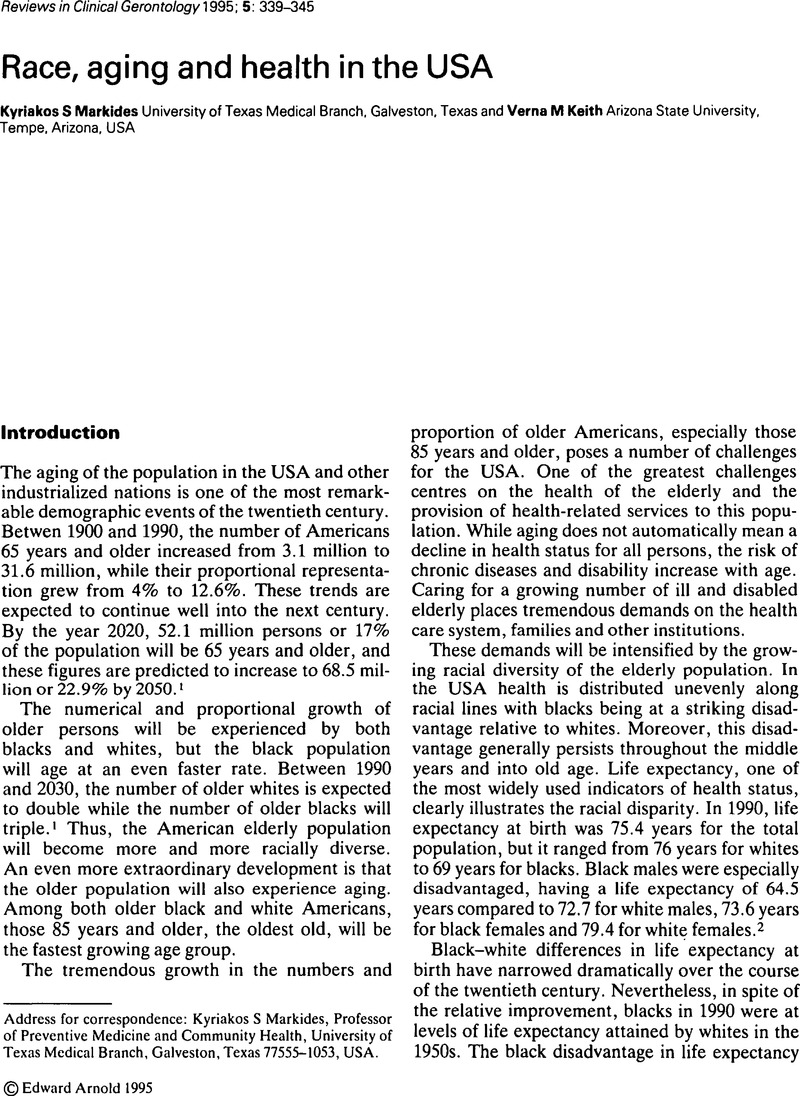Crossref Citations
This article has been cited by the following publications. This list is generated based on data provided by Crossref.
Wolinsky,, Fredric D.
Overhage,, J. Marc
Stump, Timothy E.
Lubitz,, Robert M.
and
Smith,, David M.
1997.
The Risk of Hospitalization for Congestive Heart Failure Among Older Adults.
Medical Care,
Vol. 35,
Issue. 10,
p.
1031.



